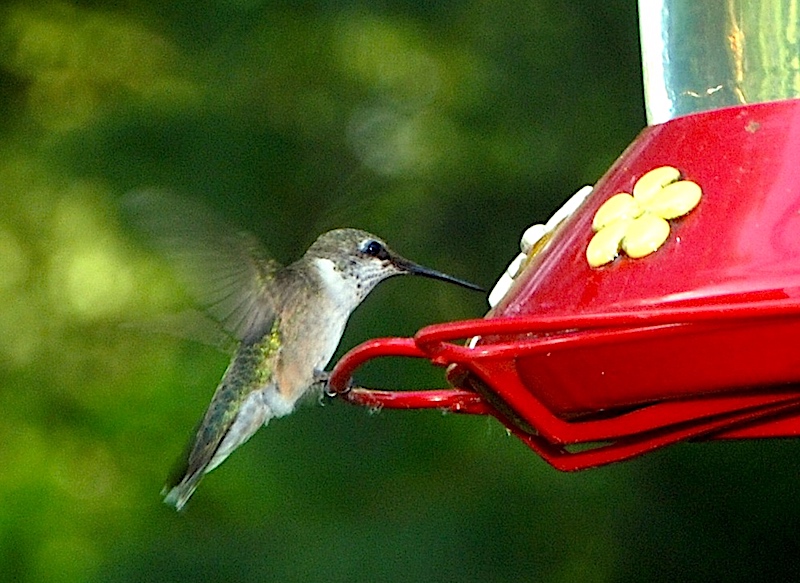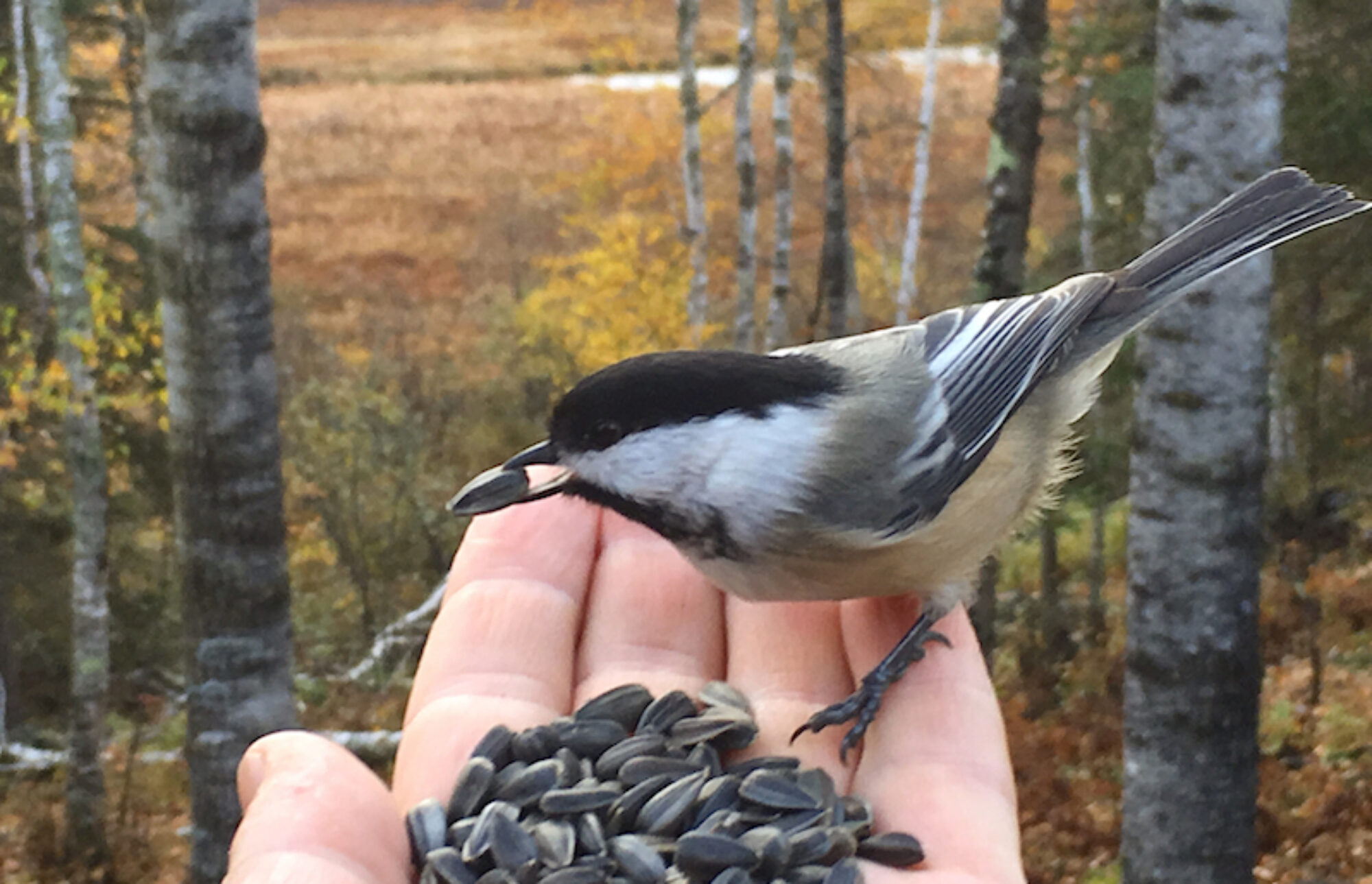
ELY, MINN. – If the activity at the hummingbird feeder is a reliable indicator, then a significant change is in the air.
Ruby-throated hummingbirds hang around the cabin throughout the summer, but when there is the sort of frenetic feeding going on the likes I’ve witnessed the past two weeks it means they’re collectively coming or going. Arriving or departing. Coupled with the obvious shortening of sunlight on both ends of the day, it means the latter.
The hummingbirds in this area are fueling up as they begin their great migration south, and in an era and a culture known for hyperbole, it’s no exaggeration to deem their migration “epic.” In fact the hummingbird migration is a mind-blowing feat when one considers that many of these tiny creatures that weigh some 2 or 3 grams will travel by themselves 1,000 miles or more, including a grueling and harrowing 500-mile non-stop leg across the Gulf of Mexico, to Mexico and Central America.
In my mind, that’s epic.
So, too, is the monarch migration.
I watched a monarch flutter over the ditch by our driveway one morning this week. It stopped to sip nectar from the blossoms of a single fireweed plant. It’s only a few yards from the milkweed patch a few of us on this end of the road are happy to know is there. It’s the spot where dozens of caterpillars gorged themselves a few weeks back. Perhaps this lone monarch is one of those I watched.
This is a monarch that is of the generation, which, like the hummingbird, will make its own remarkable journey south for the winter. In this case, it likely destination will be the Monarch Butterfly Biosphere Reserve of Mexico. If this lone monarch is lucky and avoids predators, such as dragonflies, and speeding vehicles, it might just make its way south through Iowa along the Interstate 35 corridor, get a boost from all the nectar-producing wildflowers in the broad ditches, and arrive in Mexico sometime in September.
Those monarchs that survive the migration and the winter months will then make a return trip to someplace like northern Mexico or Texas in the spring where they’ll lay their eggs for the “new year generation” of monarchs. That first generation of butterflies will continue to migrate north but have very short lifecycles in which they produce the second generation of monarchs. Again, that next generation will continue migrating north to places such as Iowa, Minnesota and elsewhere where two more generations – the great-grandchildren and great-great-grandchildren of the overwintering monarchs in Mexico – are produced. It’s the fourth generation of those monarchs that will make their own migration back to Mexico, just like their great-great-grandparents.
Amazing.
If you haven’t already, it’s time to hang your hummingbird feeders and fill them up with a little sugar-water. Your handout might just be the fuel that’s needed to help one of these little flying jewels make it home for the winter. As compensation, they’ll visit your feeders again next spring when they make their return migration north for the summer.
Epic and simply amazing.
Todd Burras can be reached at ou****************@gm***.com.
